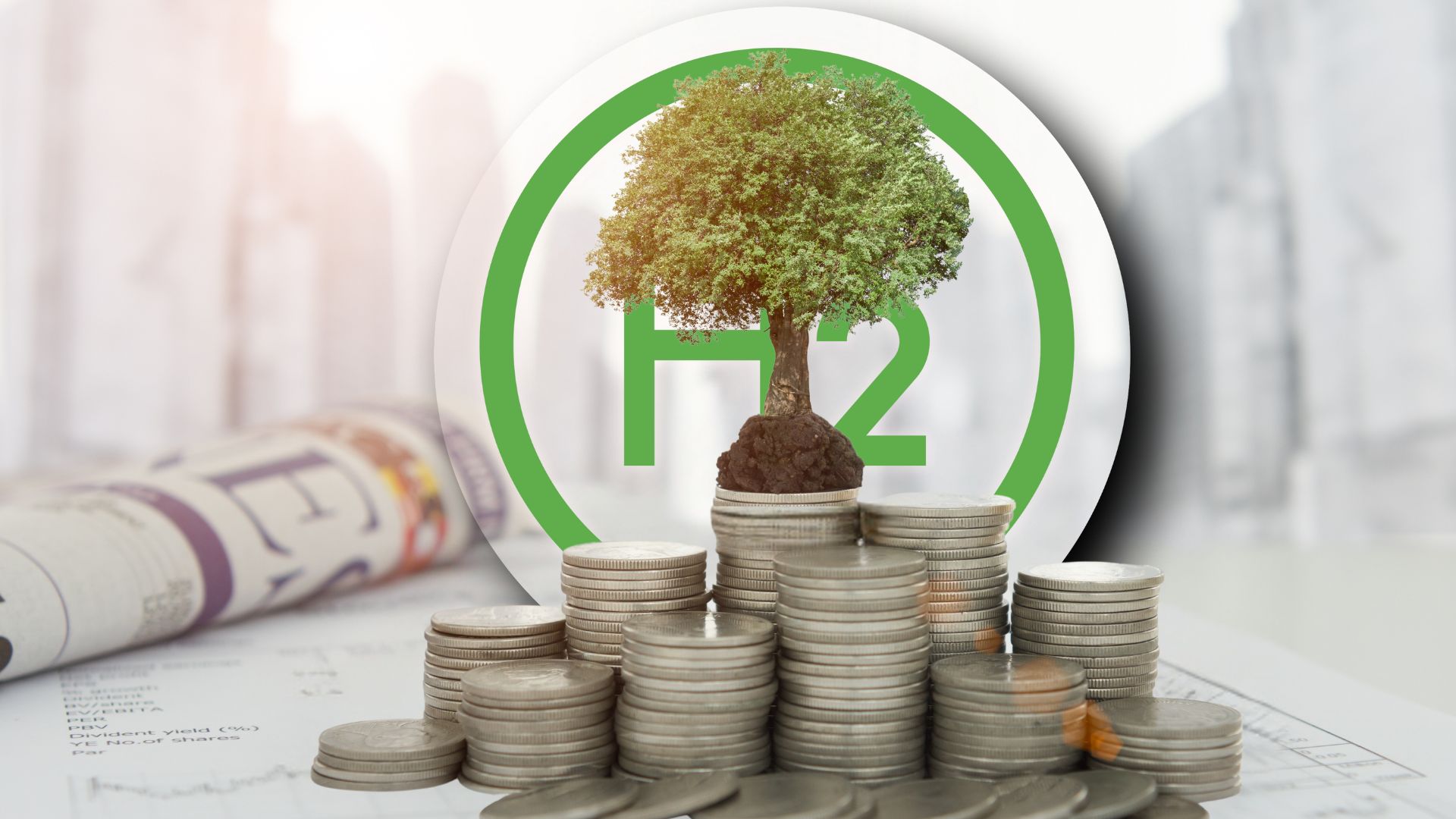
Reimagining the future of hydrogen fueling stations
September 3, 2024For decades, we’ve imagined the future inspired by science fiction. Flying cars and holographic messaging have been the tone of an imaginary world that runs on clean fuel from a never-ending source. Video calls are probably the predecessors of the holographic messaging of tomorrow, and even though we’re still far from flying cars being common, clean fuel is now a reality. Technological advancements have allowed us to harness energy from renewable sources such as solar, water and wind, providing a sustainable source to power our increasingly electrified everyday needs.
Cars may not fly yet, but they can run on electricity. It’s typically cheaper than gasoline, has less environmental impact and is rapidly achieving the same and sometimes even more autonomy than a traditionally fueled vehicle. Hydrogen fuel cells, with their ability to support the infrastructure for electric vehicle charging and provide reliable backup power, are a game-changer in the current energy landscape. If the electric grid goes down, hydrogen fuel cells can step in, showcasing their reliability and versatility.
The Challenge with Hydrogen Fueling Stations
The development of the hydrogen vehicle fuel market faces a chicken-and-egg dilemma: building out the re-fueling infrastructure is necessary to activate the nascent market, but this can lead to poor economic viability where demand for off-take is not yet fully developed.
The adoption of fuel cell electric vehicles (FCEVs) may not keep pace with the capacity of hydrogen fueling stations, leading to the risk of underutilized assets and negative returns. To mitigate this investment risk, it is necessary to increase alternative near-term revenue streams. Like typical retail gasoline stations, which require hundreds of customers daily to support a viable business model, hydrogen fueling stations are no exception.
In the face of this change, it is key that we look into different ways of making the fueling stations more profitable in order to increase investment to get them built and, thus, enable the infrastructure needed to increase the creation of a hydrogen-fueled vehicle fleet that would need them. However, charging stations and back-up power or microgrids are currently supplied by separate power generation systems. Looking to the future, one key step could be to integrate components such as energy storage devices, interconnected piping, instrumentation, controls and electrical components for multiple fueling and power generation applications. Such integrated systems could provide feasible, flexible and scalable production infrastructure.
The innovation – hydrogen fueling station integration patent
GHD’s recent hydrogen energy fueling station integration patent showcases what’s possible in the future. It shows how to reduce costs and complexity, along with creating a multitude of additional revenue sources for a hydrogen fueling station, making them more economical and easier to gain funding to build. We’ve identified a number of components that could be integrated into a hydrogen fueling station to increase the energy supply and fueling options to increase economic viability.
How it works
Our model creates a scalable ecosystem based on three components: (1) integration of renewable energy sources and (2) technological applications, resulting in (3) an effective and cost-efficient way to fast-charge electric vehicles that also serves as backup energy for microgrids, while at the same time being able to fuel FCEVs.
The system uses renewable energy sources, such as hydroelectric, wind, and solar, to produce hydrogen and power. It integrates different energy delivery applications and technologies, such as electrolysis, liquid and gaseous hydrogen, hydrogen fueling, fast charging, and backup power.
The system uses a fuel cell to generate power from hydrogen on demand. The fuel cell can provide direct current (DC) to the fast-charge battery electric vehicle station and for backup power when needed. Fuel cells are typically over 50 percent efficient and do not generate any significant environmental emissions.
Since hydrogen comes from water, the system can obtain hydrogen from diverse sources and store it at different pressures. It can use hydrogen produced on-site by an electrolyzer or hydrogen supplied from local sources, such as tube trailers or liquid hydrogen tanks. It can store hydrogen at low pressure and compress it to high pressure for fueling or power generation, and even deliver hydrogen to the fuel cell vehicles at up to 700 bar (10,000 psig), for larger vehicles such as trucks and buses.
Where to apply it
The Hydrogen Fueling Station Integration System allows electric vehicles to be charged quickly, is, environmentally friendly and inexpensive. The system also provides backup power to a local microgrid, supporting critical infrastructure and emergency services during power outages.
“If you build it, he will come,” is the inspiring quote from the 1989 movie Field of Dreams. Similarly, the scalability of fast-charging stations using the Hydrogen Fueling Station Integration System allows for further growth of electric vehicles and the creation of the infrastructure to support hydrogen-powered fleets, which has been elusive in replacing gasoline and diesel-fueled vehicles. The technologies and fuels are here; all we need is a way to integrate them.
Feasible investments
Connecting technology and energy sources is not enough. Costs are still high, making refueling investments expensive and disincentivizing the FCEV and EV industry’s development.
Our system, which de-risks hydrogen refueling investments, has a patent in Canada, the United Kingdom and Australia and a patent pending in the US. Off-take may be slow to ramp up, but it is necessary to establish the refueling infrastructure to activate hydrogen market demand. In addition to intended vehicle refueling, stored hydrogen can be utilized for cost-effective EV fast charging and forecourt backup power to improve station economics.
Market Impact and future outlook
Transitioning to a low/zero carbon economy is only possible if we address infrastructure challenges early on to enable it. In the case of hydrogen fuel cells, the main obstacle is scalable, feasible and economic production. The major benefit of the integrated system is that the combined forecourt creates multiple energy/fuel sources and back-up power during grid outages. 
This alternative also supports the transition to a low/zero carbon economy by promoting the use of green hydrogen and other clean energy sources. The scalability of hydrogen production is at a tipping point, and by creating a model that cuts infrastructure production costs for a practical everyday use of hydrogen, green hydrogen adoption can become a reachable reality.
Hydrogen fuel cells and green hydrogen will change the landscape of the clean energy market going forward. In an increasingly electrified world, power reliability and resiliency are essential. We need guarantees that our appliances and other functionalities in the home and workspace will remain accessible and available throughout supply disruptions at an affordable price. If we’re going to transition to electric-powered and hydrogen-fueled vehicles, we need to be able to get that power fast, easily, and for a fair price tag.
Author: Fred Taylor, Americas Hydrogen Lead, Principal, GHD



 With over 15 years of reporting hydrogen news, we are your premier source for the latest updates and insights in hydrogen and renewable energy.
With over 15 years of reporting hydrogen news, we are your premier source for the latest updates and insights in hydrogen and renewable energy.